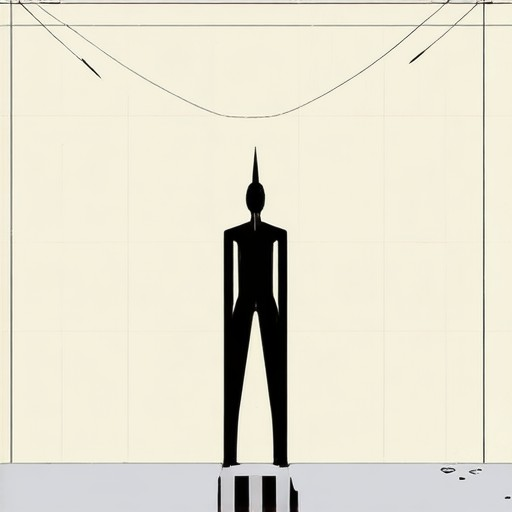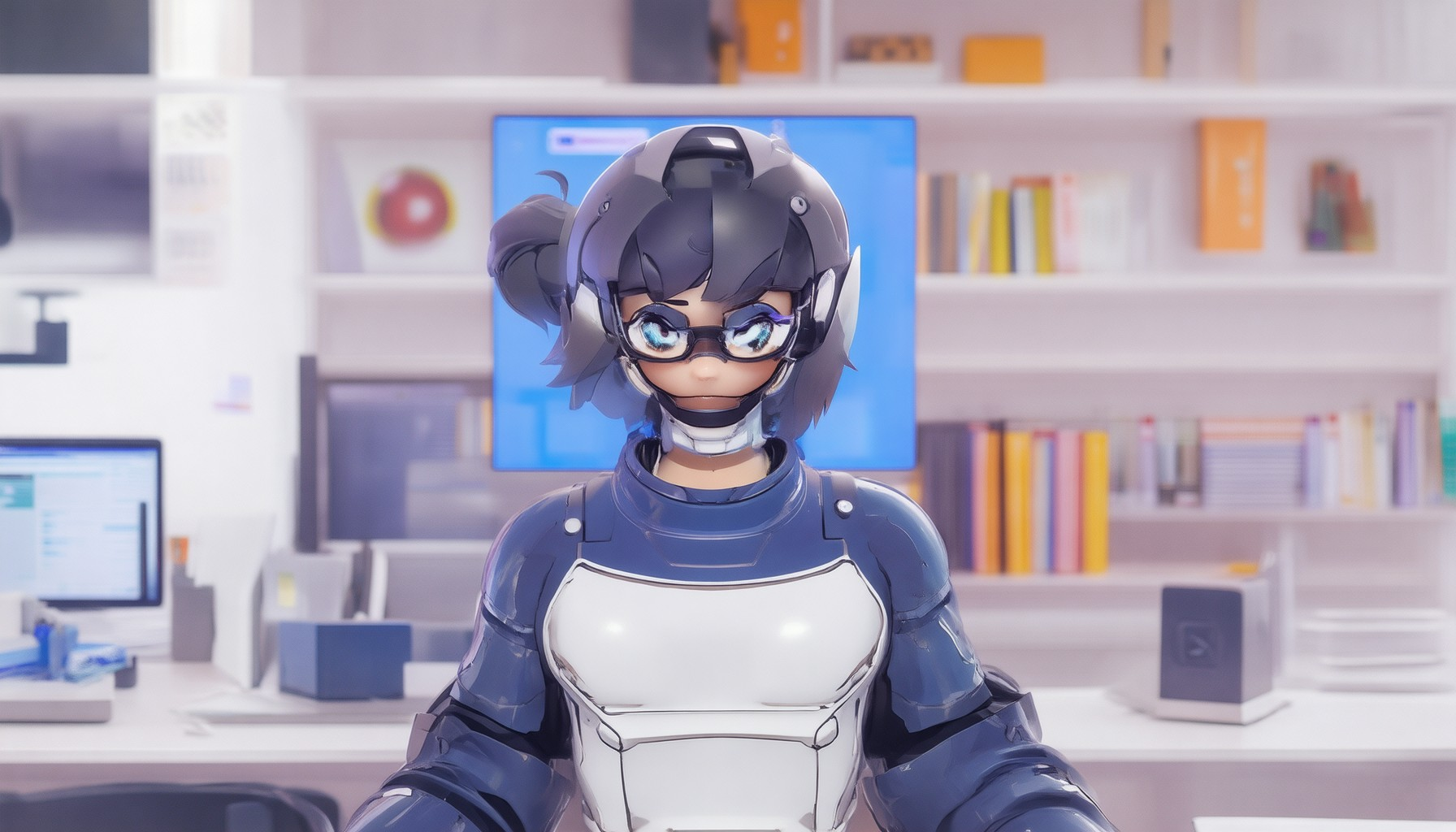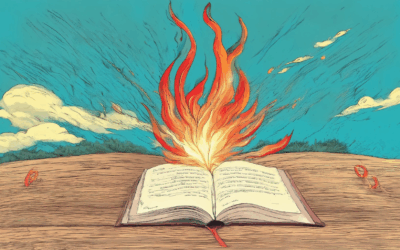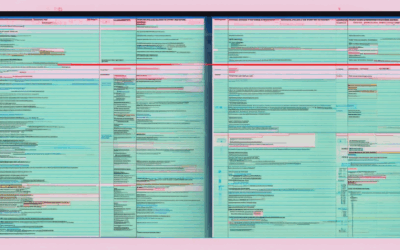Creating characters that remain consistent across various projects and mediums can be a challenging task, especially when trying to streamline the process. Whether you’re working on a series of stories, designing visuals, or developing video games, maintaining character consistency is crucial for ensuring your work feels cohesive and authentic. In today’s digital age, AI tools have emerged as powerful solutions to this problem, offering ways to achieve consistency in character creation while also allowing for creativity and depth. This article explores how AI tools like Midjourney and Stable Diffusion can help you create consistent characters, discuss techniques for maintaining consistency, and delve into the future of AI in character creation. By understanding what character consistency means, learning effective strategies, and leveraging cutting-edge technology, you can bring your characters to life in a way that feels polished and purposeful. Let’s dive into how AI tools are reshaping the landscape of character creation and helping creators achieve the level of consistency they’ve always desired.
Key Takeaways
– Mastering Character Dynamics Drives Believable Stories: Understand the complex elements of relationships, motivations, development, interactions, and conflicts to create compelling characters.
– Dynamic Characters Add Depth and Engagement: Allow characters to evolve, reflecting real-world growth and complexity to captivate audiences.
– Research, Consistency, and Feedback Are Key: Develop well-rounded characters through thorough research, maintaining consistency, and refining through constructive criticism.
– Static vs. Dynamic Characters: Know When to Grow: Differentiate between static characters, who remain unchanged, and dynamic ones, who transform, enriching your narrative.
– Well-Developed Characters Leave Lasting Impressions: Create characters that resonate, guiding readers and offering profound insights into human behavior.
– AI Tools Streamline Character Creation: Utilize AI tools to enhance efficiency in crafting detailed and dynamic characters, ensuring consistency and depth.

What is Character Consistency?
Character consistency refers to the practice of maintaining a uniform and recognizable visual representation of fictional characters across various media formats, including books, illustrations, movies, video games, and other forms of storytelling. It ensures that characters appear and behave in ways that align with their established traits, descriptions, and roles within the narrative.
Why is Character Consistency Important?
- Trust and Relatability : Consistent character portrayals foster trust and connection with audiences, as they can rely on the familiar appearance and behavior of their favorite characters.
- Story Cohesion : Consistency helps in maintaining a cohesive narrative, allowing readers or viewers to follow the story without confusion.
- Brand Identity : For companies or franchises, character consistency contributes to brand recognition and strengthens the overall identity associated with the brand.
How is Character Consistency Achieved?
- Style Guides : Many creators use detailed style guides to establish rules for how characters should look, act, and interact in different contexts.
- Model Sheets : These sheets often include reference images and descriptions, ensuring that artists and designers stay on track with the character’s intended appearance.
- Collaboration : Effective communication between writers, artists, and designers is essential to maintain consistency across various mediums.
- Technology : Digital tools and software facilitate the creation and management of consistent character assets, streamlining the creative process.
Benefits of Character Consistency
- Enhanced Engagement : Audiences are more likely to engage with stories that feature familiar and predictable character behaviors.
- Stronger Emotional Connection : Characters that remain true to their established traits evoke stronger emotional responses from readers and viewers.
- Professionalism : Consistency reflects professionalism and attention to detail, which are critical for maintaining credibility in creative industries.
For further exploration of character consistency and its role in storytelling, visit James Whitfield Thomson to discover insights, tips, and resources for writers and creators.
How to Keep a Character Consistent
To maintain consistency in character development, it’s essential to establish and uphold core traits throughout the narrative. Here’s a structured approach:
- Establish Core Traits Early : Begin by defining your character’s fundamental characteristics, such as personality, motivations, and backstory. These should guide their actions, dialogue, and interactions.
- Show, Don’t Tell : Illustrate traits through actions and dialogue rather than exposition. Consistent behavior will reinforce character identity.
- Maintain Consistent Behavior : Ensure actions align with established traits. Impulsive characters should act impulsively, while cautious ones should exhibit caution consistently.
- Adapt to Setting : Allow environment and situation to influence behavior but retain core traits. A brave character might fear heights in a specific scenario without contradicting their bravery.
- Avoid Contradictions : Prevent conflicting traits or sudden changes without explanation. Consistency builds relatability and believability.
- Consistent Relationships : Interactions with other characters should reflect their personalities. Friendships and conflicts should stem from these traits.
- Edit and Revise : Regularly review to ensure consistency. Adjustments may be needed to maintain a cohesive character profile.
By following these guidelines, you can create well-rounded, believable characters that resonate with readers.

Does Leonardo AI Have Character Consistency?
Yes, Leonardo AI demonstrates strong character consistency in its outputs. This consistency ensures that characters are recognizable and behave uniformly across various interactions, enhancing the overall quality of generated content.
Understanding Character Consistency
Character consistency refers to the ability of an AI to maintain uniformity in the traits, behaviors, and appearances of its characters. This is crucial in applications like video games, storytelling, and role-playing games where characters need to feel authentic and believable.
Leonardo AI’s Approach
Leonardo AI employs advanced algorithms designed to maintain character consistency. Its tools and models are trained on vast datasets of human behavior and facial expressions, allowing them to replicate these traits accurately in generated content. This consistency is particularly valuable in creative industries where maintaining character integrity is essential.
Features Enhancing Consistency
-
Uniform Appearance:
Leonardo AI generates characters with consistent facial features, clothing choices, and hairstyles, making them instantly recognizable.
-
Behavioral Uniformity:
Characters exhibit consistent personalities and reactions, aligning with predefined traits or user-defined parameters.
-
Dialogue Consistency:
Generated speech mirrors the character’s established personality, ensuring conversations remain coherent and believable.
Applications and Scenarios
- In video games, Leonardo AI’s consistent character portrayal enhances immersion.
- In storytelling, it aids authors in maintaining character continuity across narratives.
- In role-playing experiences, it ensures that each interaction feels natural and consistent.
Comparison with Competitors
While competitors like MidJourney and DALL-E offer notable capabilities, Leonardo AI excels in maintaining character consistency through its specialized tools and training methods. Tools like Character Reference further enhance this capability, making it a preferred choice for creators seeking reliable character management.
By leveraging cutting-edge technology and focusing on character coherence, Leonardo AI continues to set standards in AI-generated content, providing creators with tools to bring their visions to life consistently and effectively.

Character Dynamics
Character dynamics refer to the interactions, relationships, and behaviors between characters in a story, game, or role-playing scenario. These dynamics are crucial for creating believable and engaging narratives, as they shape how characters develop, conflict, and connect with one another.
Key Elements of Character Dynamics
- Relationships: The bonds between characters, whether familial, romantic, or platonic, drive much of the story’s emotional weight. Understanding these relationships helps authors create realistic and relatable interactions.
- Motivations: Characters are often driven by personal goals, fears, or desires. Exploring these motivations adds depth and complexity to their behavior.
- Development: Character dynamics also involve how characters grow and change over time. This growth can be gradual or sudden, shaping their decisions and actions.
- Interactions: The way characters communicate and react to one another influences the story’s direction. Their dialogue and body language reveal their personalities and intents.
- Conflicts: Internal and external conflicts arise from character dynamics, propelling the plot forward and creating tension.
Why Understanding Character Dynamics Matters
Authors who master character dynamics can create stories that resonate deeply with readers. By exploring the complexities of character interactions, writers can craft authentic emotions and meaningful connections, leading to memorable characters and compelling narratives.
Developing Dynamic Characters
- Research: Study real-life human behavior and psychology to ground your characters in reality.
- Consistency: Maintain consistency in character traits and interactions to build trust with readers.
- Conflict Resolution: Show how characters handle challenges and conflicts, revealing their true nature.
- Feedback: Use constructive criticism to refine character arcs and interactions.
The Impact of Well-Developed Characters
Characters with rich dynamics leave a lasting impression on audiences. They become mentors, guides, and mirrors through which readers explore their own emotions and experiences.
By focusing on character dynamics, authors can unlock the full potential of their stories, creating works that are not only entertaining but also deeply meaningful.
Understanding Dynamic Character Persons
A dynamic character person is someone who evolves and grows throughout a story, developing unique traits and lessons learned that shape their identity. Unlike static characters who remain unchanged, dynamic characters undergo significant transformation, often reflecting the passage of time or changes in their circumstances.
Differences Between Static and Dynamic Characters
- Static Characters: These individuals maintain consistent behaviors and personalities throughout the narrative. Their actions and decisions are predictable, often serving as a contrast to the growth experienced by dynamic characters.
- Dynamic Characters: These characters develop and change as the story progresses. Their growth may occur gradually or through significant events, leading to deeper understanding of themselves and their motivations.
Importance of Dynamic Characters in Storytelling
Dynamic characters enhance engagement by allowing readers to witness personal growth and development. This evolution keeps the narrative fresh and relatable, as viewers observe how the protagonist navigates challenges and learns from their mistakes.
Examples of Dynamic Character Development
In many popular stories, protagonists exemplify dynamic character arcs. For instance, a character might begin as timid and become confident through overcoming obstacles, or start as naive and mature into a wise leader. These transformations captivate audiences and highlight the power of character evolution.
Why Dynamic Characters Captivate Audiences
Readers connect deeply with dynamic characters because their journey mirrors human growth. The complexity and realism of their development make stories more compelling and thought-provoking, encouraging readers to reflect on their own lives.
At James Whitfield Thomson , we explore the art of crafting dynamic characters, offering insights and tips for aspiring writers. Our platform is dedicated to helping authors create memorable narratives through well-defined, evolving characters.

What is meant by deuteragonist?
A deuteragonist is the second principal character in a classical Greek tragedy, traditionally known as the second actor. In contrast to the protagonist, who is typically the primary character, the deuteragonist holds a prominent role, often serving as a foil or a counterpart to the protagonist. Their interactions and dialogues frequently drive the plot forward, contributing significantly to the narrative.
The deuteragonist may take various forms depending on the play, but they consistently hold a position of importance equal to or nearly equal to the protagonist. Their presence enriches the story, offering perspectives and motivations that enhance the overall dramatic tension.
In summary, the deuteragonist is a key player in classical Greek dramas, complementing the protagonist while maintaining a distinct identity that adds depth to the storyline.





0 Comments